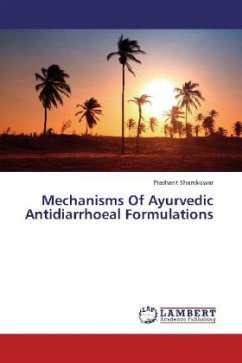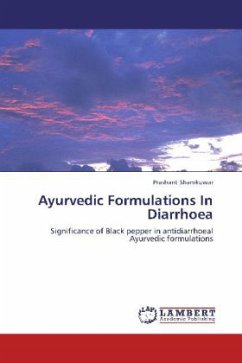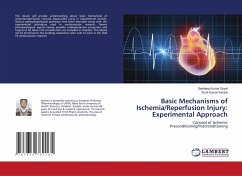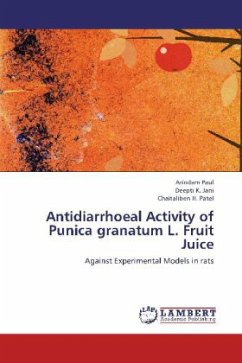Diarrhoea is a frequent medical problem. Intestinal infection is the most common cause of diarrhoea worldwide and is responsible for the deaths of 3 4 million individuals each year, mostly in preschool-age children. Mebarid syrup, Enterocin syrup and Kutajarishta syrup are Ayurvedic antidiarrhoeal formulations. Though Mebarid, Enterocin and Kutajarishta are widely used in the treatment of diarrhoea and dysentery, still there is a paucity of data on the mechanisms of action of these formulations. Present study was aimed to investigate the anti-diarrhoeal effect and different mechanisms of antidiarrhoeal action of herbal formulations like Mebarid, Enterocin and Kutajarishta. Involvement of potassium channels, nitric oxide pathway and 2 adrenergic receptors were studied in mice for antidiarrhoeal activity of Mebarid, Enterocin and Kutajarishta. Thus book provides the information about different mechanisms of antidiarrhoeal activity of Mebarid, Enterocin and Kutajarishta.
Bitte wählen Sie Ihr Anliegen aus.
Rechnungen
Retourenschein anfordern
Bestellstatus
Storno








